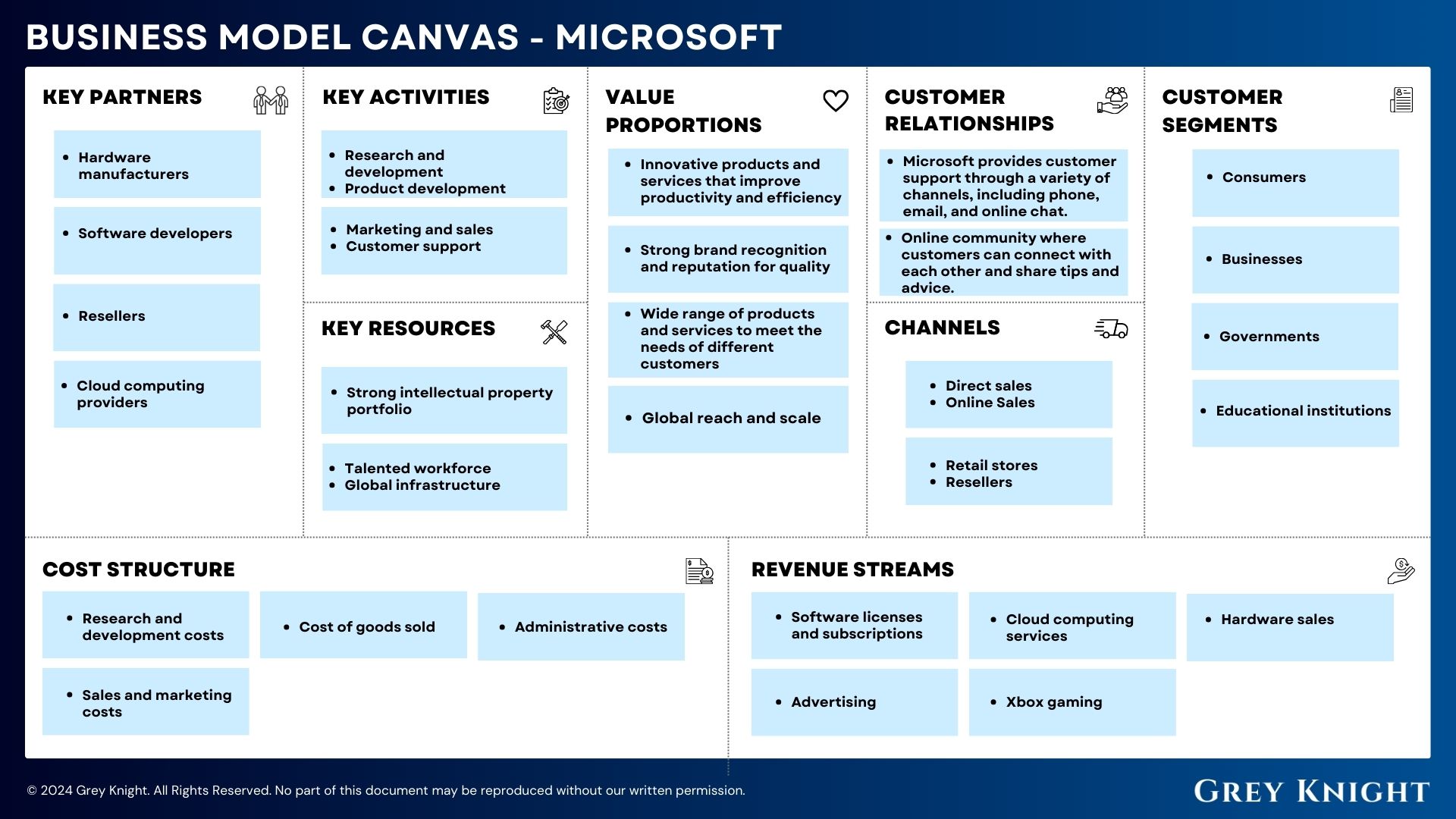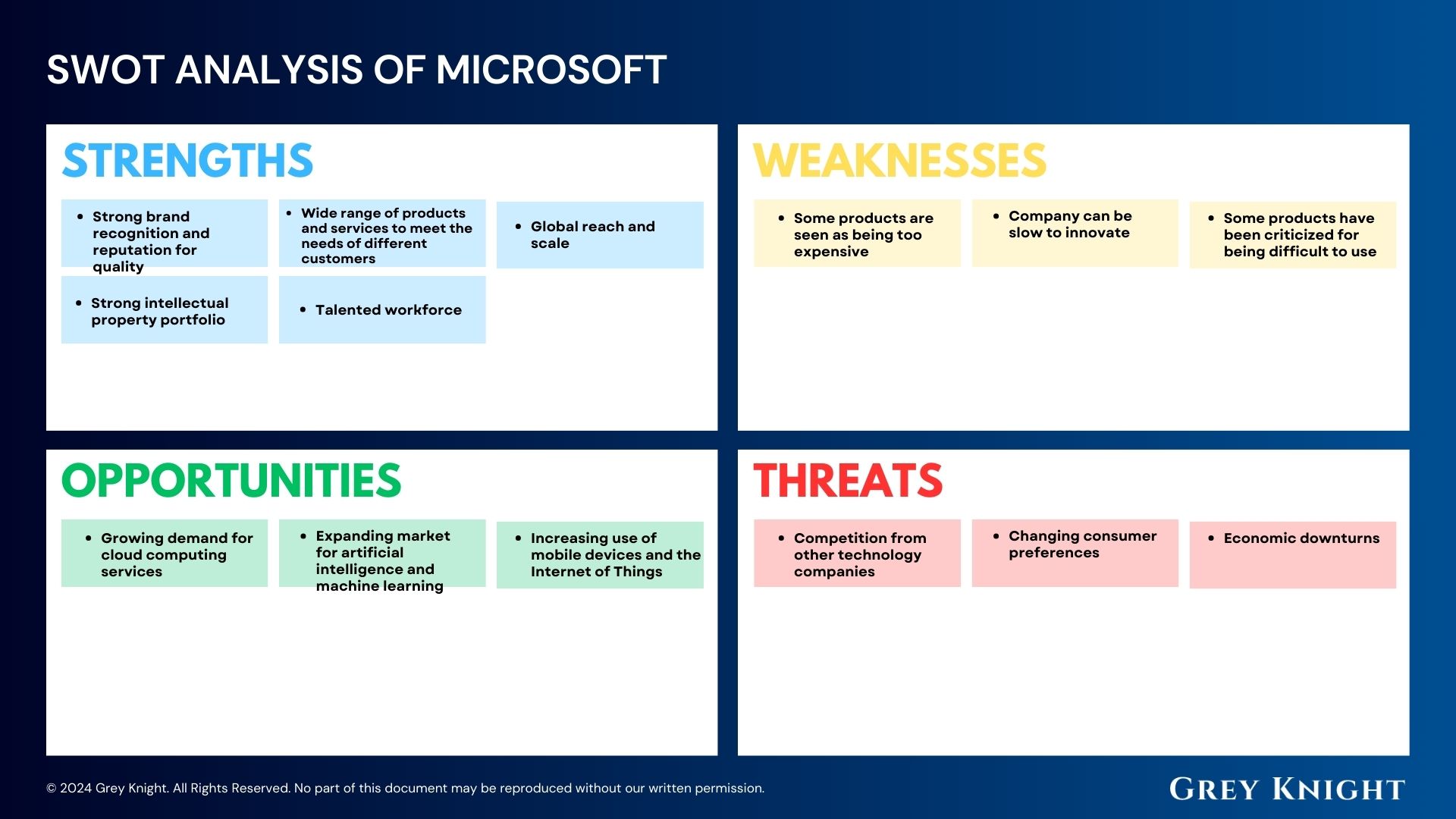Table of Contents
ToggleHumble Beginnings
Goldman Sachs is one of the most powerful financial institutions in the world today, but it had humble beginnings. The firm was started by Marcus Goldman in 1869 and for its first century of existence, it was a fairly successful but typical financial firm. Marcus Goldman immigrated to the United States in 1848 and started brokering IOUs (promissory notes) for entrepreneurs and startups. Essentially, he had clients who would give him money, and he would then use that money to issue small loans in the form of short-term IOUs to people who wanted to start businesses. Almost immediately after starting, Goldman managed to transact up to five million dollars’ worth of these IOUs a year.
Goldman Sachs Is Born
In 1882, Goldman’s son-in-law, Samuel Sachs, joined the business, and the name was officially changed to what we know it as today. Business boomed, and within just a few years, Goldman Sachs was turning over 30 million dollars worth of IOUs in a year and had over a hundred thousand dollars in capital, equivalent to around 2.7 million dollars in today’s money. Goldman Sachs was the quintessential American dream come true – the family-owned firm built itself up from nothing and by the time the boom of the 1920s came around, it was ready to start making some serious money.
Initial Public Offerings (IPOs)
Goldman Sachs started taking a dark turn when it entered the IPO (initial public offering) market of 1906 by helping take Sirius public. The only reason Goldman got the deal was that Henry Goldman, Marcus Goldman’s son, was close friends with the owner of Sirius. Suddenly, the bank’s focus shifted from issuing IOUs to helping companies go public, a process called underwriting. As an IPO underwriter, Goldman Sachs helped decide the initial offering price of the stocks that were going public and then would take them public. During a time when massive companies like F.W. Woolworth and Continental Can be going public, being a firm that provided IPO underwriting services was very profitable. This led to a lot of convoluted financial alchemy to swindle the public out of their money.
Financial Crisis, Financial Instruments & Greed
In every bubble, there’s usually some new magical financial instrument that people are going crazy over. In 2008, it was mortgage-backed securities, and today it could be a variety of things in the crypto space. But leading up to the crash of 1929 and the Great Depression, the financial tool that was getting all the hype was investment trusts. So, first Goldman created the Goldman Sachs Trading Corporation, an investment trust. They launched shares at a hundred dollars per piece, bought all those shares with their own money, and then sold 90% of them to the public for 104 dollars. They were essentially underwriting their own company, which is more than a little sketchy, but they did it anyways and made a sweet profit from it too.
But that wasn’t enough. The Goldman Sachs Trading Corporation started buying up its own shares back from the public, pushing share prices higher and higher. When the price was high enough, they sold the shares back to the public again, profiting from the difference. Then they sponsored a new trust, the Shenandoah Corporation, which was basically a legal pump and dump where they would repeatedly pump up the price themselves. The Shenandoah Corporation started issuing millions of dollars’ worth of shares soon after its creation. They did the same thing there and eventually sponsored the creation of another trust called the Blue Ridge Corporation. Goldman Sachs had created what was essentially an investment pyramid scheme. 7.25 million shares were issued by Blue Ridge, and 6.25 million of those shares were owned by Shenandoah, which was basically owned by Goldman Trading.
Dot-Com Boom
The late 90s marked a turning point for Goldman Sachs as they stumbled upon a highly lucrative opportunity. By this time, Goldman Sachs had already established itself as one of the best investment banks in America, having underwritten some of the country’s largest organizations. The early 90s saw Goldman Sachs playing the long game, but that changed when Robert Rubin, the former co-chairman of Goldman Sachs, became the Treasury Secretary and the Director of the National Economic Council. This put a strong supporter of Goldman Sachs in the White House, giving the bank significant leeway to operate outside the regulatory lines.
Robert Rubin’s lack of regulation allowed for a sudden mass underwriting of companies by Goldman Sachs, even if these companies consisted of little more than a couple of ideas scribbled on a napkin. The dot-com startups were hyped up in the media, leading millions of unsuspecting people to invest in them. This was possible because regulations on underwriting a company had been loosened; a company no longer had to show five years of being in business or three years of profitability to be taken public via an IPO. Goldman Sachs and other investment banks took advantage of these lax regulations and made billions of dollars through IPOs of both successful and failed companies.
The early 2000s saw even looser regulations around mortgages, as the criteria for buying a house was significantly reduced. Suddenly, anyone with a bank account could buy a house, leading to a large number of bad mortgages being bundled together by investment banks such as Goldman Sachs into mortgage-backed securities. To hide the risk, Goldman Sachs would get companies like AIG to provide insurance for these securities, known as credit default swaps. If people defaulted on their mortgages, AIG would reimburse Goldman Sachs, effectively swapping the potential mortgage defaults from Goldman Sachs to AIG.
2008 Financial Crisis
Henry Paulson, who stepped down as the Chairman and CEO of Goldman Sachs to become the Treasury Secretary in 2007, played a significant role in ensuring that Goldman Sachs profited from the mortgage meltdown. Paulson was responsible for not helping Lehman Brothers, one of Goldman Sachs’ competitors, during their downfall and also ensured that AIG had enough cash injected into them to repay the $13 billion they owed Goldman Sachs. Paulson also helped Goldman Sachs convert from an investment bank to a bank holding company, which allowed them to receive $10 billion in relief and still pay its employees $11 billion in bonuses in the first half of 2009.
The 2008 worldwide economic crisis showed that people were wary of investing in convoluted financial instruments, and Goldman Sachs had to find something more real to invest in. Nevertheless, Goldman Sachs has still managed to have its best years since the mortgage meltdown, with a measly $14 million returned to the Treasury, which was less than a third of the CEO’s salary that same year. The bank was only fined tens of millions of dollars, which is simply the cost of doing business for Goldman Sachs. The investment bank’s actions and lack of regulation have meant that there have always been losers, but Goldman Sachs remains one of the biggest winners in the world of finance.
Conclusion
In conclusion, Goldman Sachs has a long and storied history of navigating the financial landscape to turn profits, often at the expense of others. From the dot-com bubble of the late 90s to the mortgage meltdown of the 2000s, Goldman Sachs has positioned itself to take advantage of the loopholes in regulation and has profited greatly from economic crises. Despite receiving fines for their actions, these have been just a drop in the bucket for the investment bank, which has continued to thrive and dominate the financial industry. The connections and influence of former Goldman Sachs executives in high places have also enabled the bank to receive favourable treatment during times of crisis. The events of the past several decades demonstrate that Goldman Sachs will stop at nothing to turn a profit, and it is up to regulators to ensure that their actions do not harm the economy and the general public.
Additional Resources
To keep learning and advancing your career, we highly recommend these additional resources:
Top 19 Investment Bank Spring Insight Internship Programme (2023)
120+ Investment Banking & Finance Interview Questions!
List of Fortune 500 Companies in 2023












